NC MUSEUM OF HISTORY FAST FACTS
LOCATION: Raleigh, North Carolina
HOURS: 9am-5pm Monday-Saturday, Noon-5pm Sunday
COST: FREE
TIME TO COMPLETE: 2-3 hours
ACCOMODATIONS: Large parking lot, public restrooms, restaurant and Museum Store
The NC Museum of History is chock full of wonderful displays, fascinating tidbits and interesting facts about the Tar Heel state.
History museums are a smörgåsbord of fun facts and appreciation for all that has preceded us. North Carolina, in particular, is so rich in history, personalities and conflict that the NC Museum of History celebrating its past has nary a dull moment. From the early settlers, the battle for independence, slavery and two World Wars the museum does an excellent job of showing how these events, and others, impacted the residents of the Tar Heel state.
Located across the quad from the NC Museum of Natural Sciences in beautiful downtown Raleigh, the ground floor of the NC Museum of History is laid out chronologically but there are also external exhibits on the 2nd and 3rdfloors that are either temporary (QuiltSpeak) or are large enough to have their own space like the NC Sports Hall of Fame. The exhibits are cleverly positioned and situated to provide maximum impact and context.
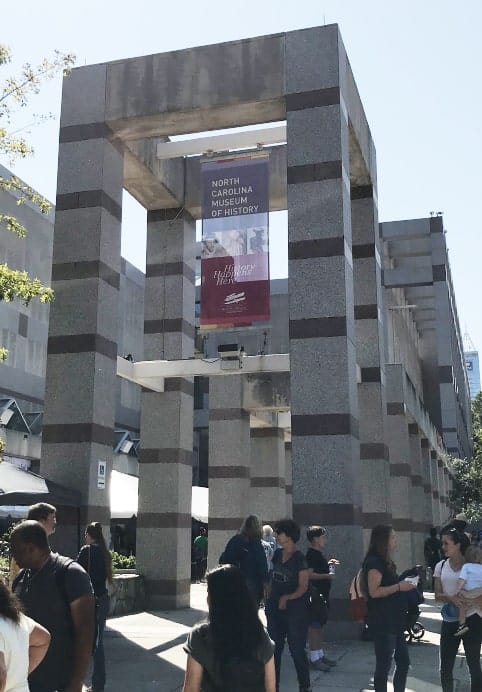
The NC Museum of History Lobby
Ground Floor
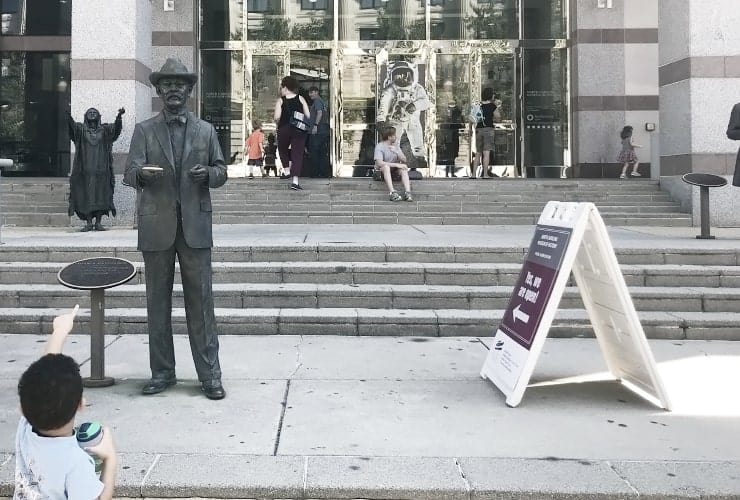
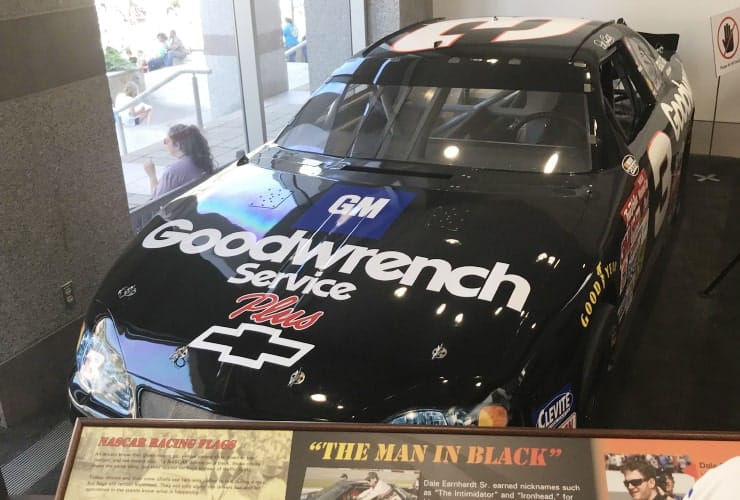
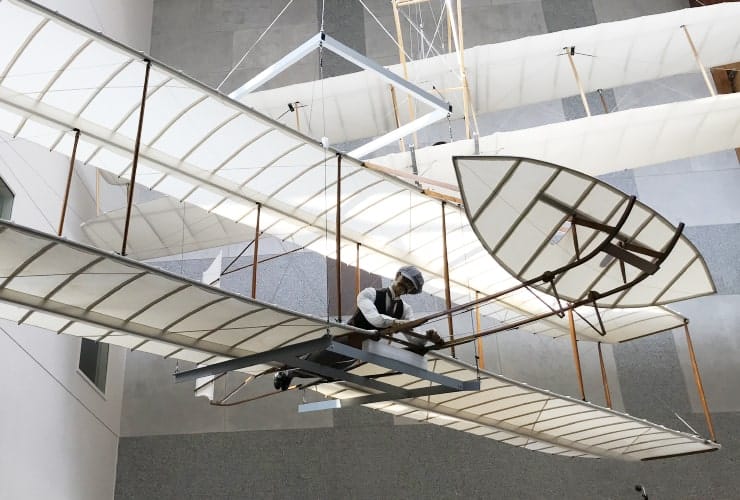
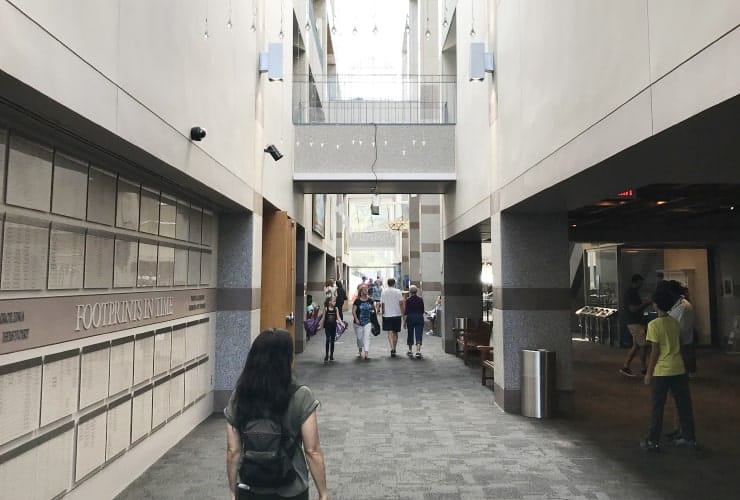
As you walk up the steps to the main entrance you are greeted by statues of the father of the museum, Frederick Olds, a woman of the Saura tribe and Thomas Day, a free African American renowned for his craftsmanship during the antebellum era. When you first enter the NC Museum of History itself you are not overwhelmed. Unlike its neighbor, the NC Museum of Natural Sciences, the entrance is relatively simple but you sense you’re in the right place. There is a gift shop to your right, Dale Earnhardt’s #3 car to your left and Wilbur Wright flying overhead. Straight on you’ll see double-glass doors with a lit overhead sign that states . . . The Story of North Carolina. Once you walk in the story itself unfolds.
The Settlers
Ground Floor
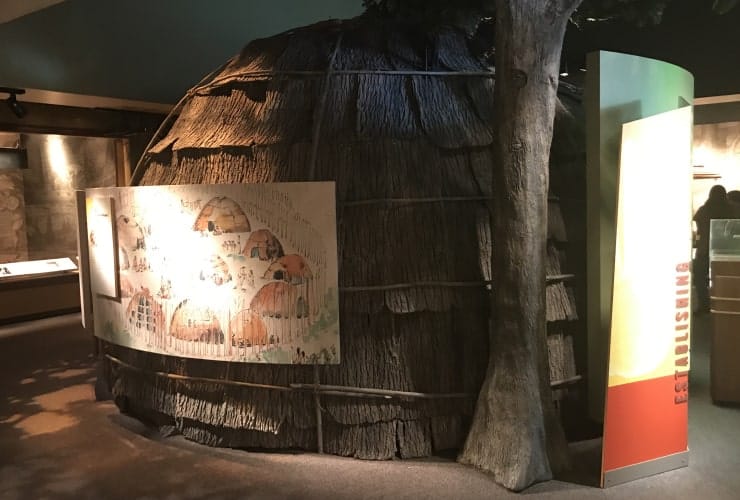
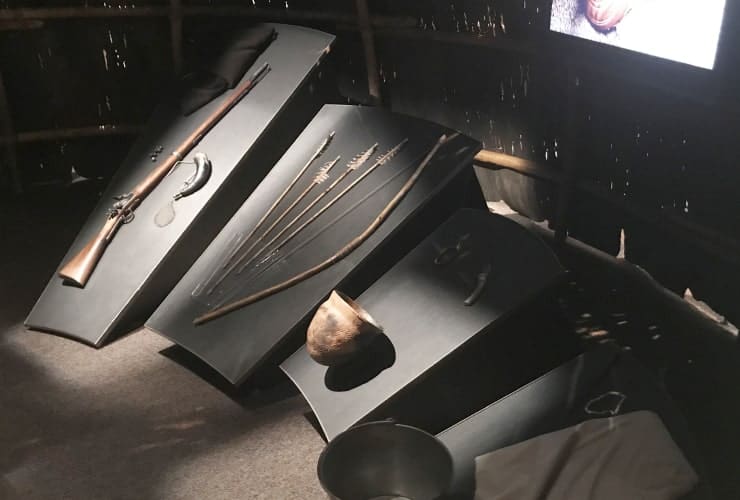
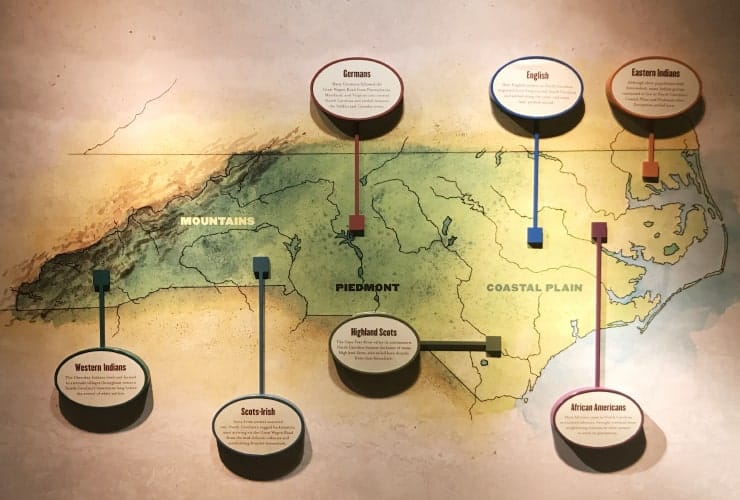
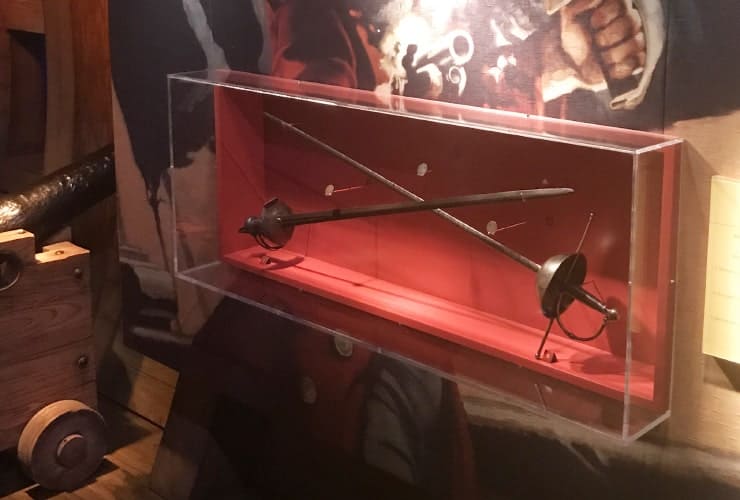
When English colonists first settled in North Carolina more than 30 different American Indian tribes were already established. In fact, archaeologists have traced American Indian ancestry to at least twelve thousand years ago in the Pleisrocene Age. Within just two centuries from the first European settlements the native population decreased 80 primary due to a lack of immunity to the diseases brought from across the Atlantic.
Due to a variety of factors both natural (barrier islands dangerous for ship landings), governmental (high taxes and inefficiencies) as well as Indian raids, migration into the Carolinas was slow at first. Once established, the fertile land and acclimate weather attracted a variety of settlers from England, Scotland, Switzerland and Germany. At the same time the overall population grew steadily from slaves via the West Indies and Africa.
Slavery and the Civil War
Ground Floor
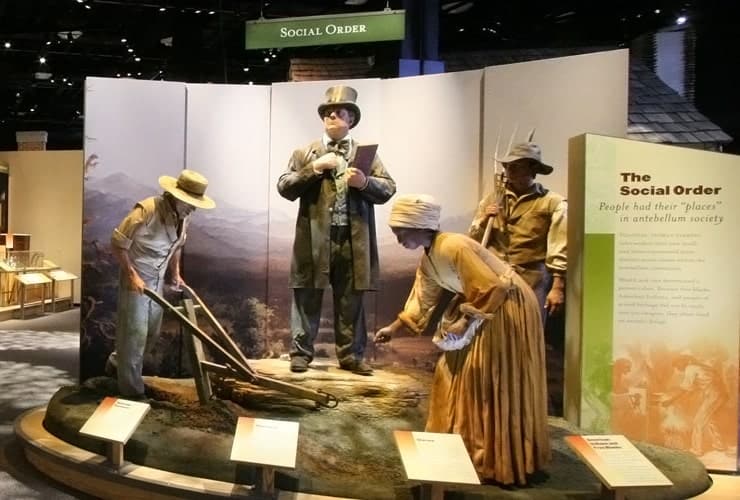
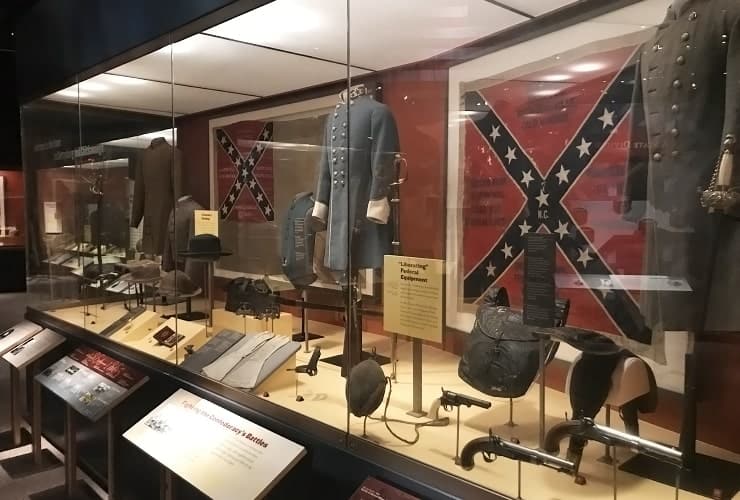
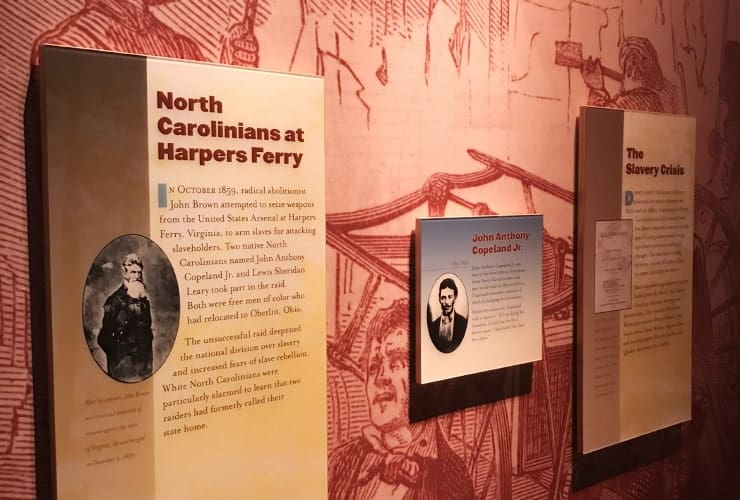
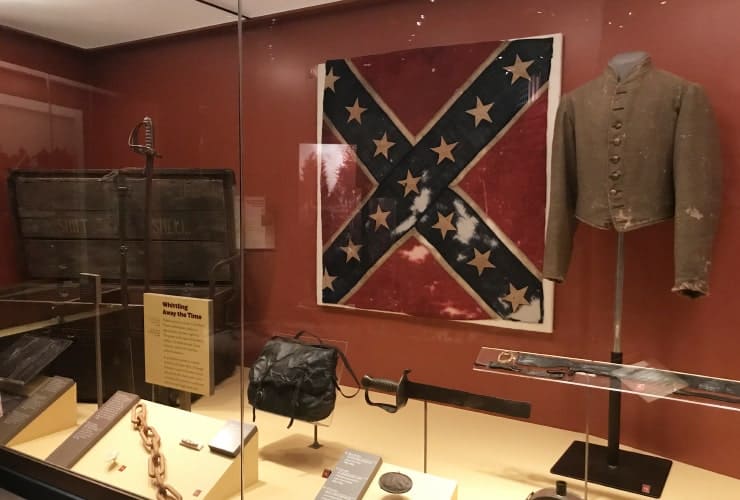
Though a relatively small number of slaves lived in North Carolina, compared to other southern states, they still comprised almost 33% of the overall population. Most of the plantations were located in the eastern part of the state and those landowners held the majority of economic and political power. After the American Revolution a number of slaveholders were convinced by the local Quakers and Mennonites to free their slaves. However, they still had significant restrictions and, though 30,000 strong by 1860, were not allowed to vote.
Initially North Carolina resisted the call to abandon the Union but joined the Confederacy shortly after the attack on Fort Sumter. Ironically, though very few battles occurred in North Carolina, the state provided the most troops (125,000) to the southern cause as well as 15,000 Union troops. Only 40,000 of those troops returned home safely. In April of 1865, after losing the Battle of Morrisville, the next to the last major Confederate army surrendered to Union General William Tecumseh Sherman in what is now Durham.
A Troubled Peace
Ground Floor
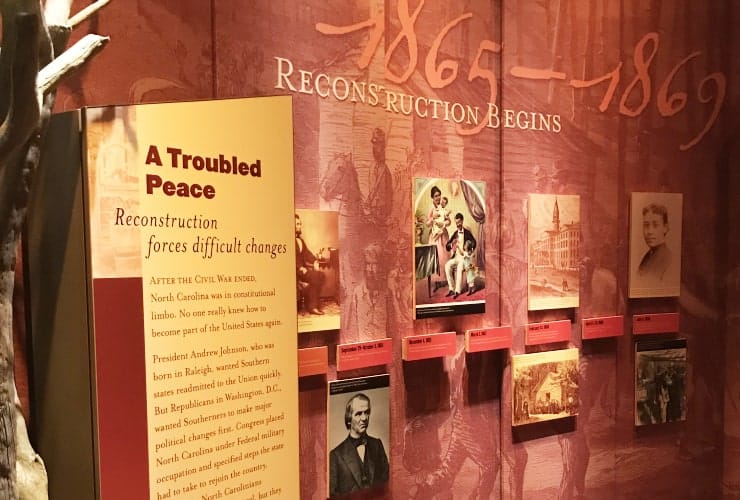
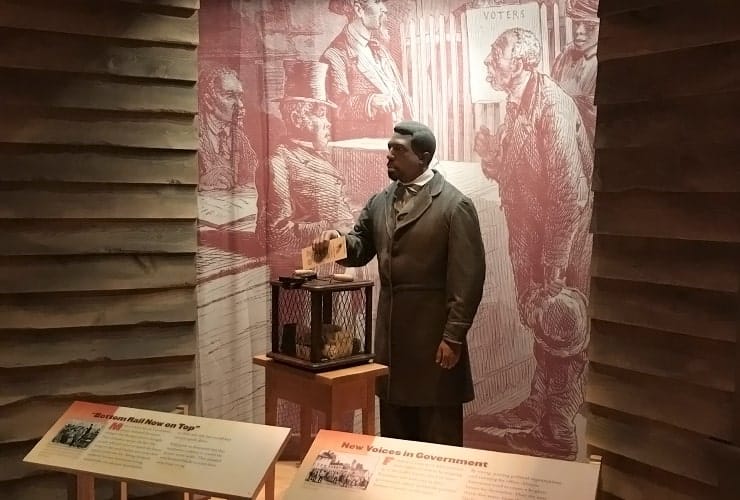
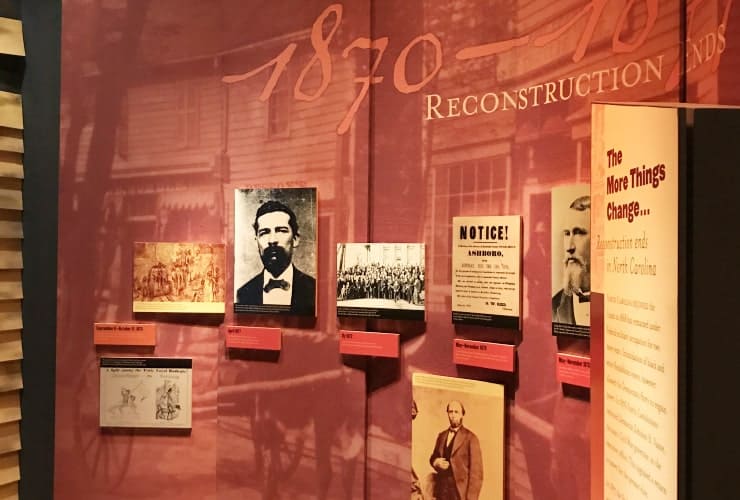
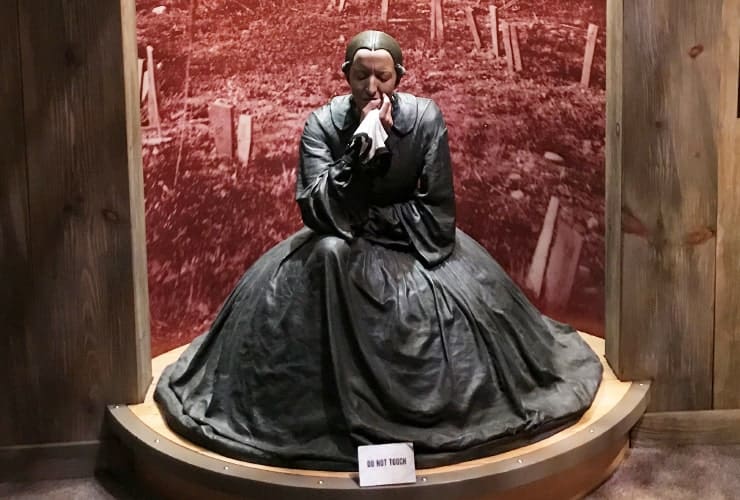
Initially North Carolina took a path of reconciliation and active re-admittance to the Union. However, by 1870 the Democratic Party regained political control and signaled a return of power to the prewar elite. In 1877, when the federal government withdrew the last of its troops, and the paramilitary Red Shirts became more aggressive in disrupting and intimidating black voters and community leaders. Things reached a boiling point when, in 1898, the only coup d’état in United States history occurred in Wilmington.
The new century brought much of the same with new laws instituted that specifically handicapped blacks and poor whites from having any say in their governance and stripped them of basic rights. This led directly to oppressive Jim Crow laws instituting segregation in public facilities and transportation throughout the state. This also halted what had been a steadily growing black middle class that would not begin re-establishing itself for another half-century. The NC Museum of History does an excellent job of exploring this difficult time in our nation’s history.
The Rise of Industry
Ground Floor
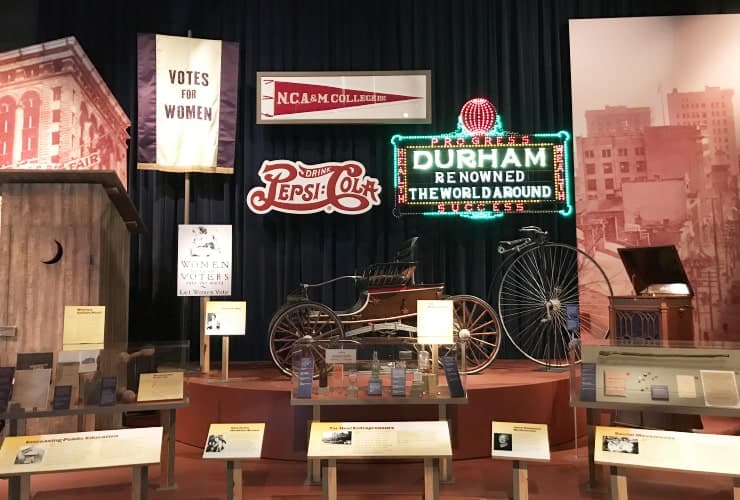
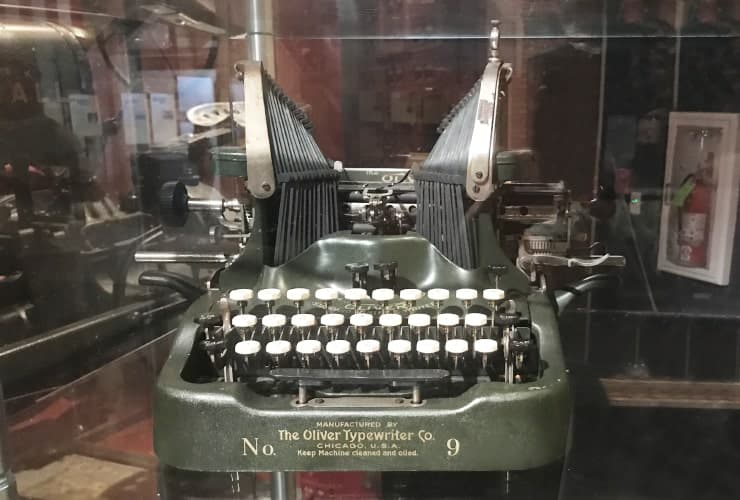
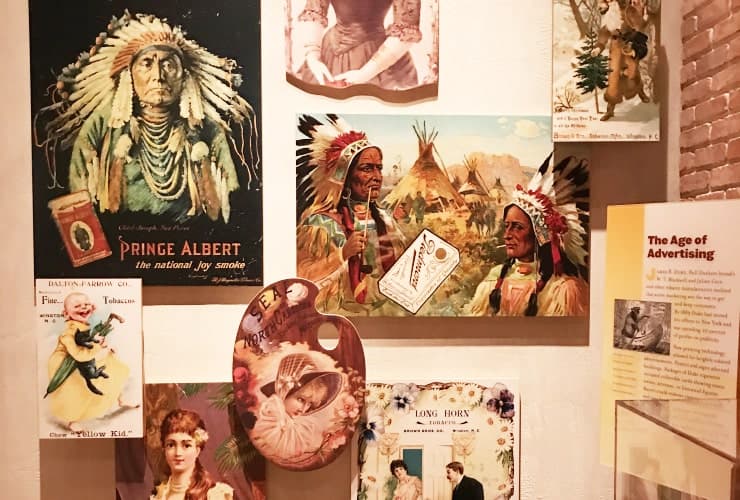
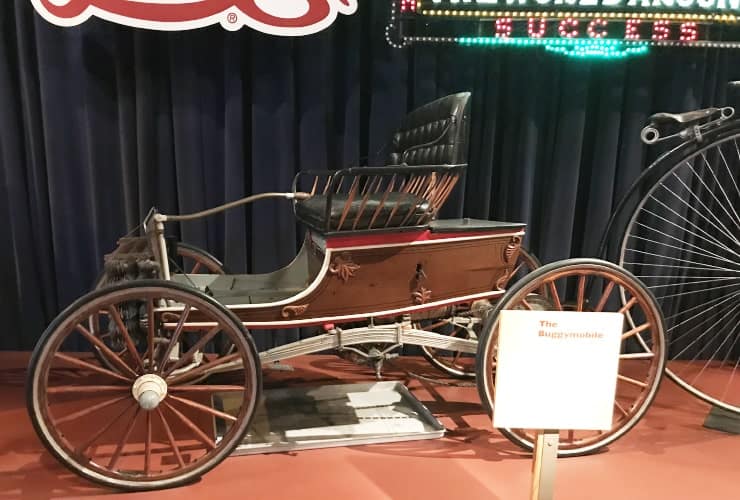
As the 20th Century rolled around the state began to feel the wheels of change and the new technologies began to replace the old. This had a major impact on several industries including textile, cotton, and tobacco. In particular, the furniture industry really expanded as the state’s vast hardwood forests provided the needed materials, a growing workforce the labor force and the rise of railroads the means for mass distribution.
A metaphor for the times was the first flight made by the Wright Brothers near Kitty Hawk in December of 1903. Industry and prosperity grew along with the replacement of horses with machines and electricity powering towns and cities.
World Wars
Ground Floor
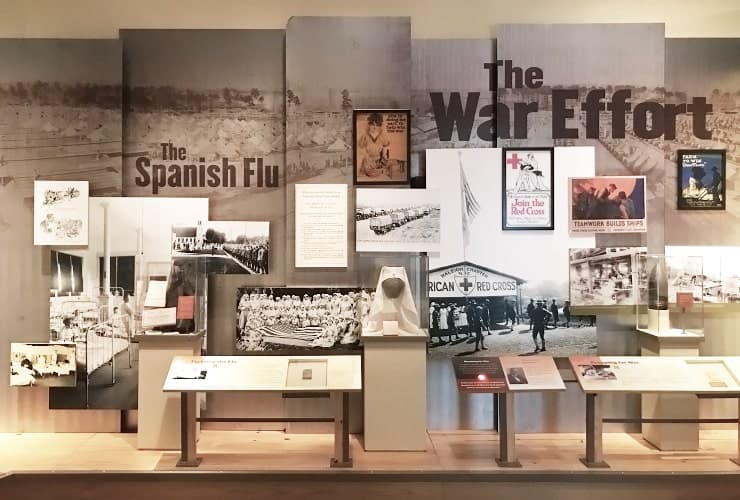
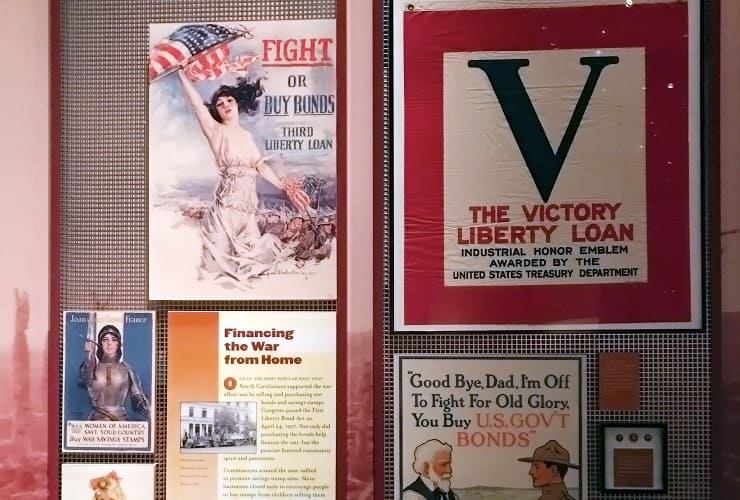
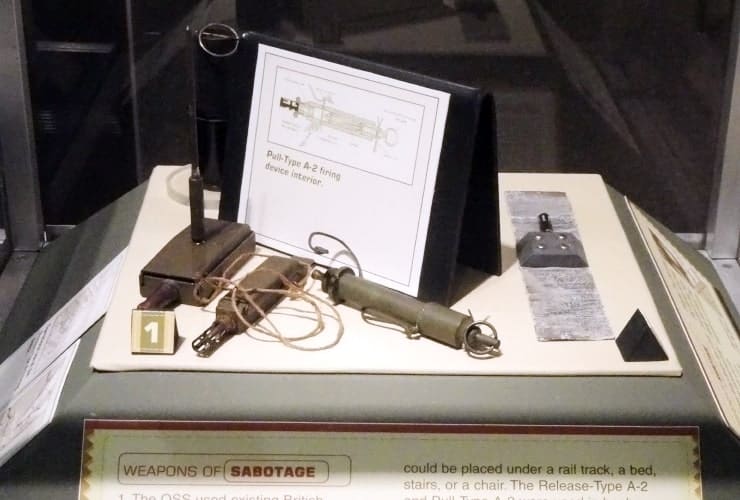
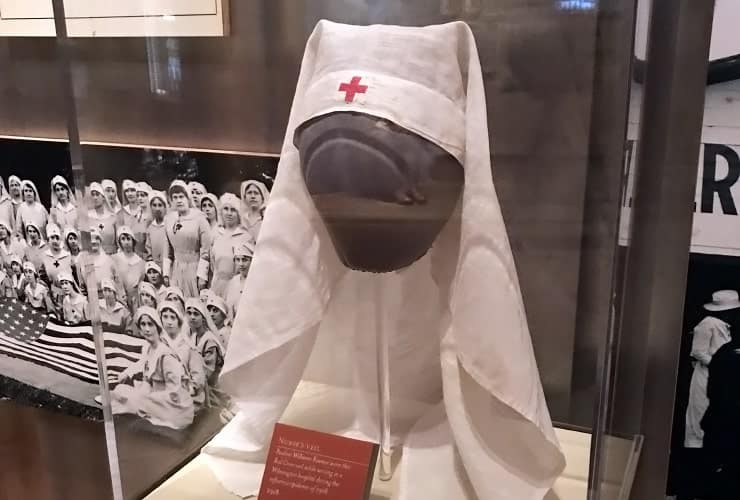
The so-called “Great War” changed the lives of North Carolinians as it did all Americans. Many of the state’s residents volunteered to fight with the British and French even before the US engaged in 1917. The war ended the lives of almost 2,500 Tar Heel soldiers of the 61,000 drafted. More than 214 Service Awards were earned by North Carolinians.
North Carolina’s role in WWII was unique. With more than (24) military installations throughout the state, North Carolina trained more soldiers than any other state. While it also produced textiles, ships, food, and other goods for the war effort, the Outer Banks experienced numerous blackouts and were witness to German U-boats sinking Allied ships just off the shoreline. In the end around 258,000 North Carolinians served in the army, 90,000 in the navy, and 13,000 in the marines.
Civil Rights Movement
Ground Floor
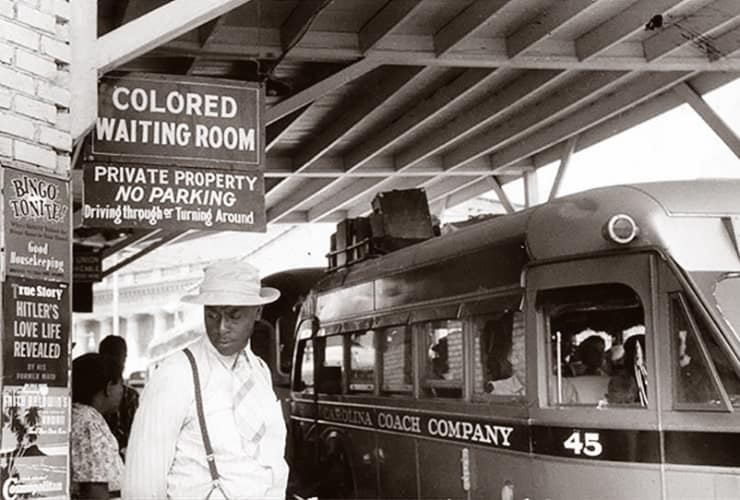
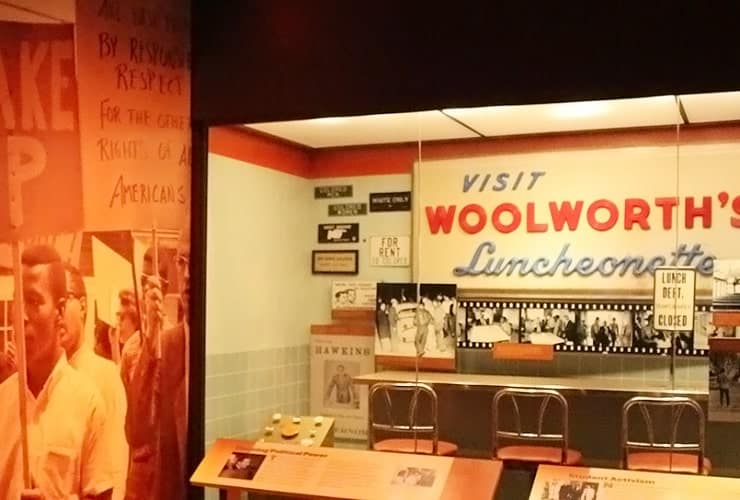
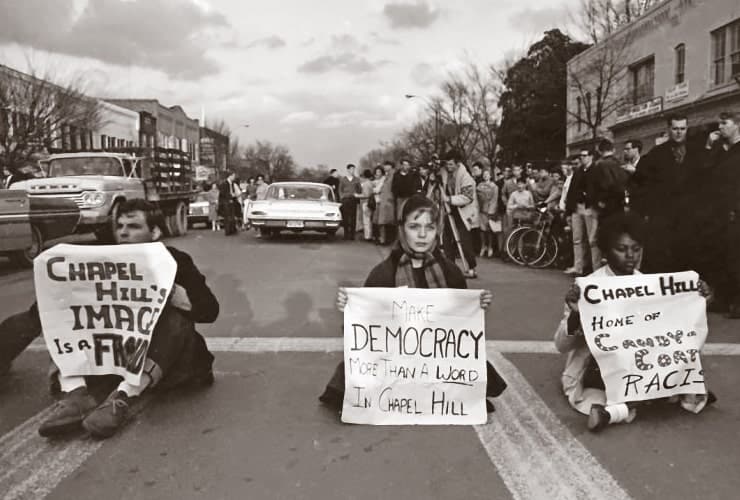
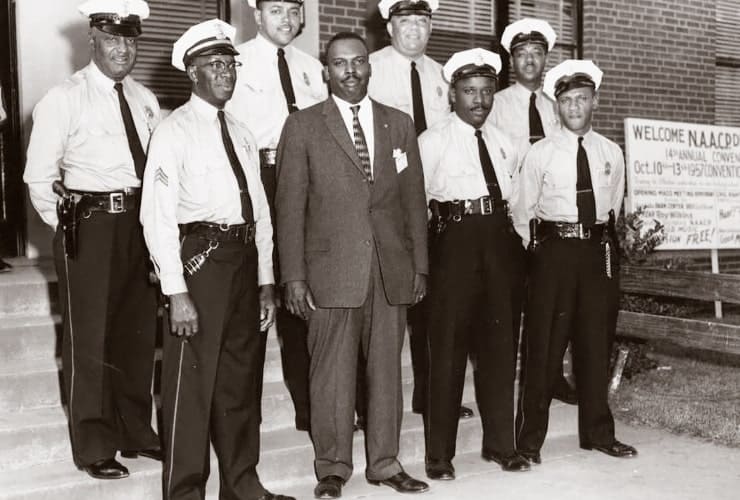
Despite its chequered history, it could be argued that the Civil Rights Movement in the United States began in North Carolina. In 1957 high school student Dorothy Counts braved racist jeering as she desegregated Harding High School in Charlotte. In 1960 national attention was drawn to the state when four black NC A&T State University students entered the Greensboro Woolworths and sat in the “whites-only” lunch counter demanding service. This prompted similar protests throughout the state including other sit-ins, picketing and student protests.
Soon the SNCC (Student Non-Violent Coordinating Committee) was established by NAACP icon Ella Baker. This non-violent approach served as a blueprint for activism around the country. In 1962, a full nine months before his infamous “I Have a Dream” speech in Washington, DC, Dr. Martin Luther King offered a preview during a speech in Rocky Mount. Audio of that speech was recently found and confirmed.
Freedom! A Promise Disrupted
3rd Floor
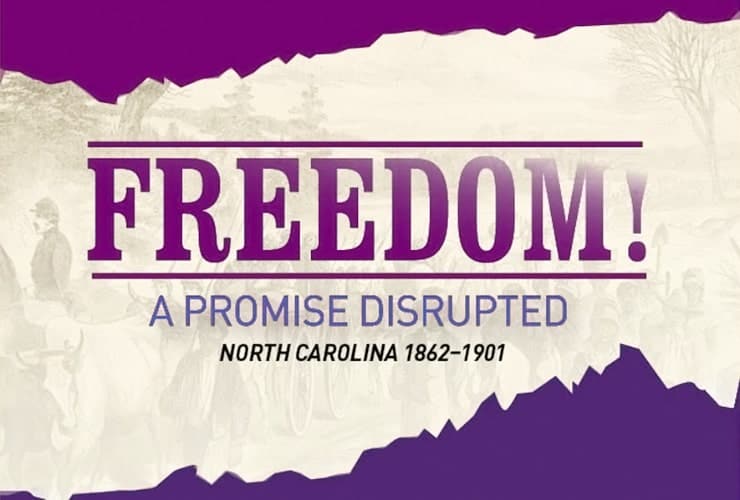
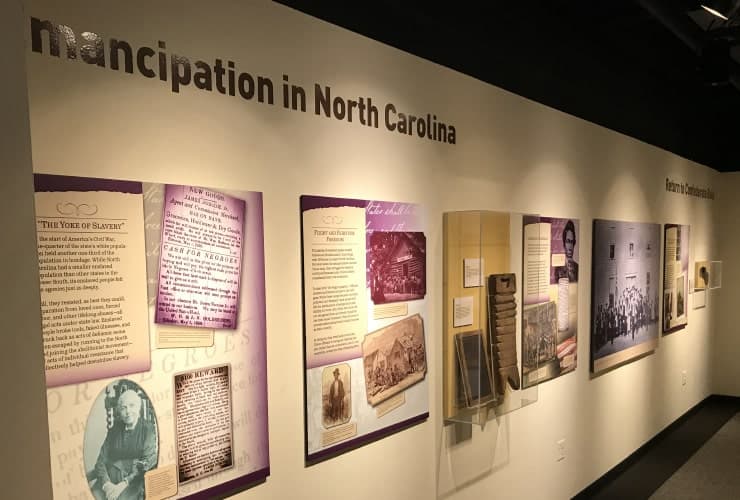
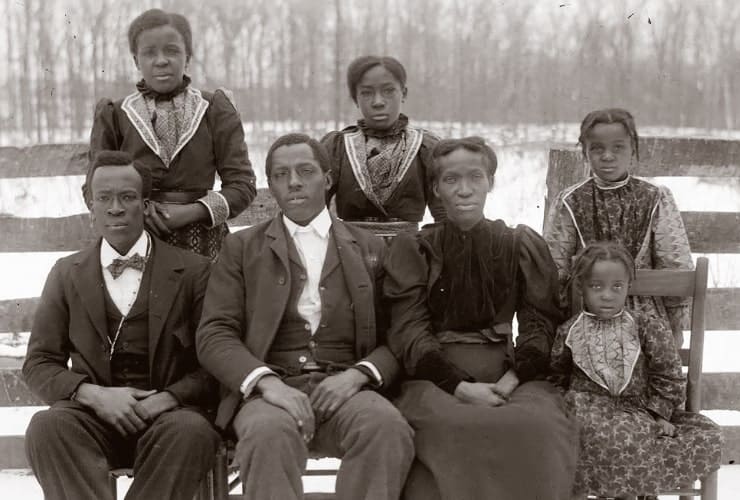
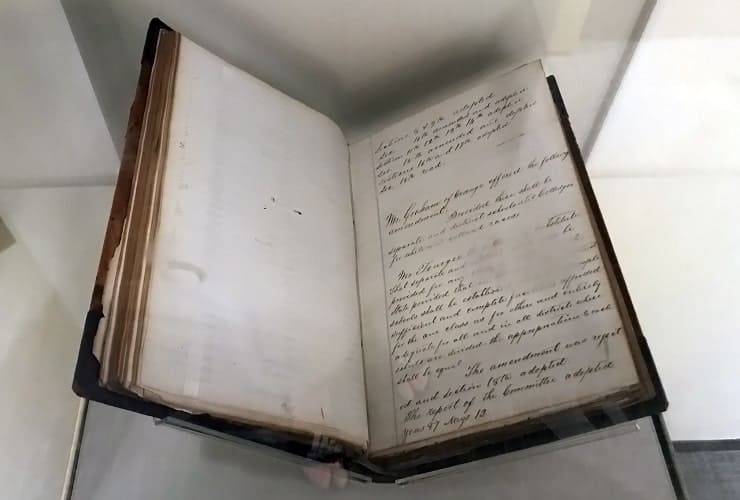
This 3rd floor exhibit explores the years between 1962-1901 and the many roadblocks and deliberate actions to disrupt the promise of true freedom for slaves as laid out in the Emancipation Proclamation. Among the issues explored were the struggles of escaped slaves during the Civil War. As they broke through Union lines there were “contraband camps” established to house them under less than ideal conditions. Also explored were the many White Supremacy smear campaigns that attempted to circumvent any advances made by free blacks. The Democrat backed Red Shirts served as de facto terrorist group that bullied, intimidated and even murdered to maintain power in the state.
David Marshall “Carbine” Williams
3rd Floor
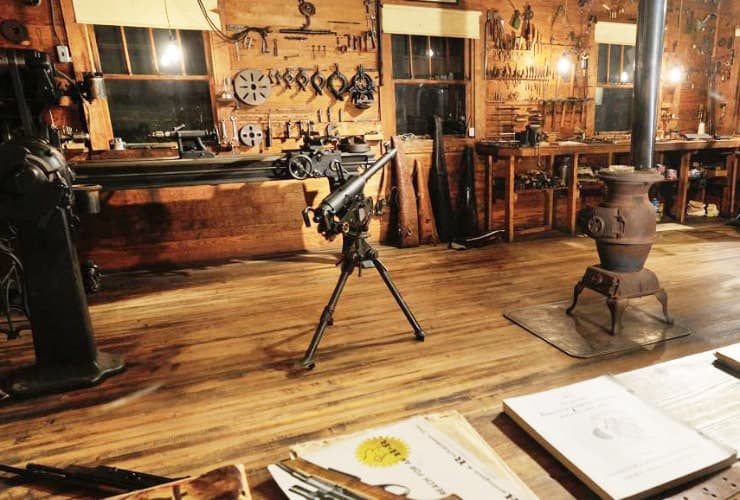
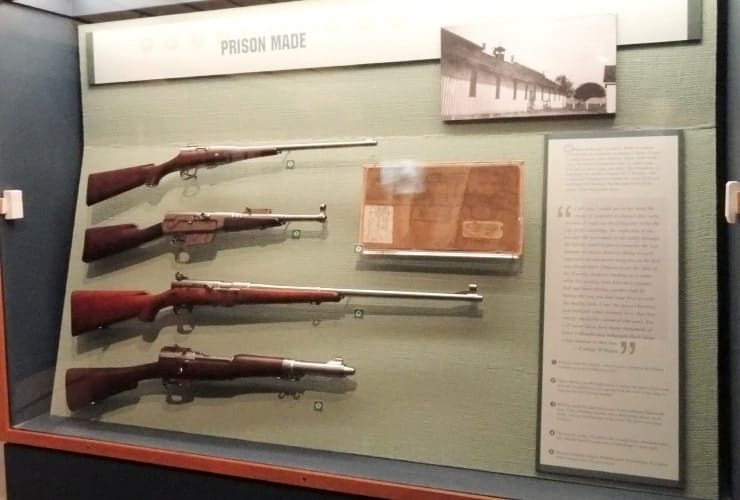
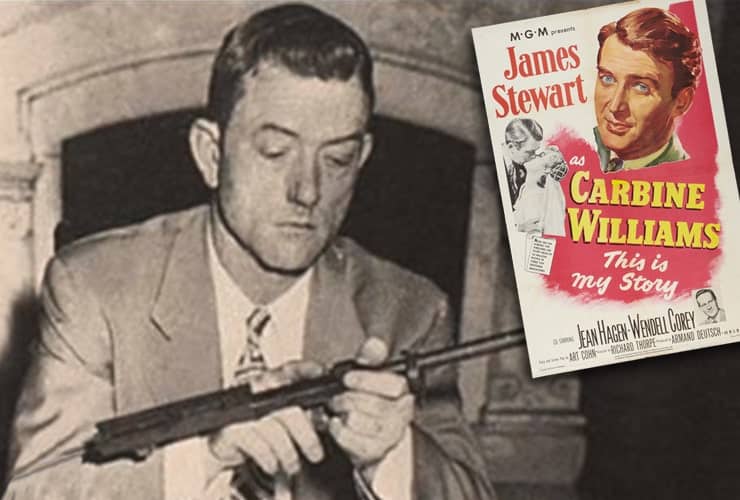
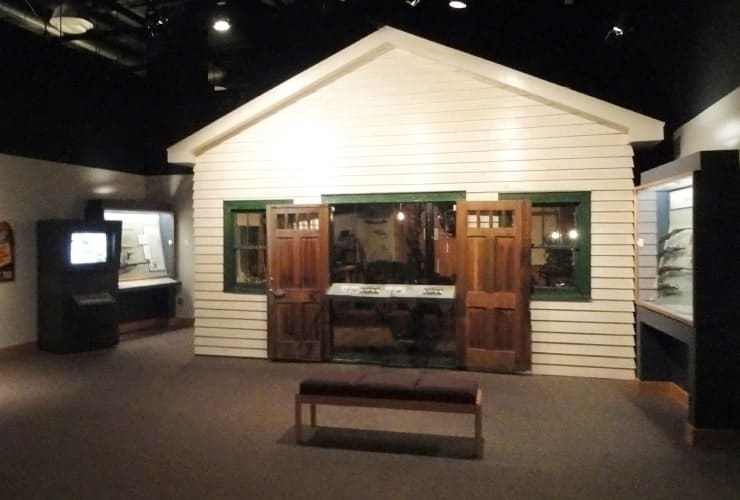
In 1921 David “Carbine” Williams, following a 1921 moonshine whiskey still shootout with federal agents, was found guilty of 2nd degree murder. While working in the prison blacksmith shop, he cleverly utilized scrap iron and wood to develop gun parts. His work so impressed the warden that Williams was allowed to expand his work. Eventually he developed the floating chamber and short-stroke piston, which garnered the attention of local press. After early release he developed the M1 carbine, which went on to be the most important weapon for the Allies in WWII.
North Carolina Sports Hall of Fame
3rd Floor
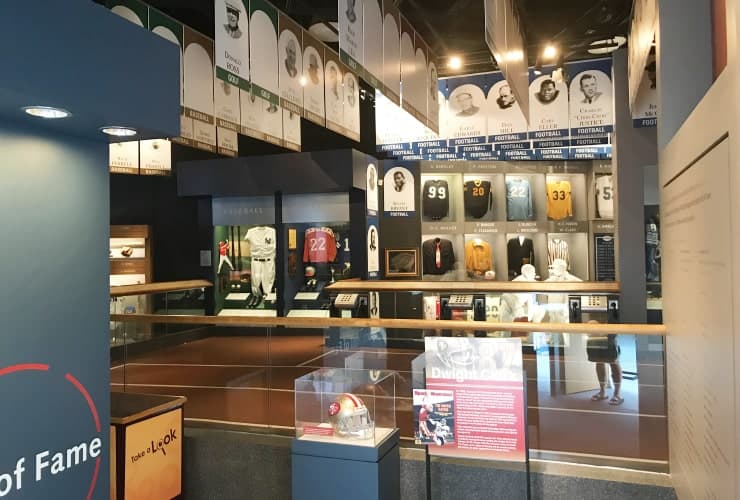
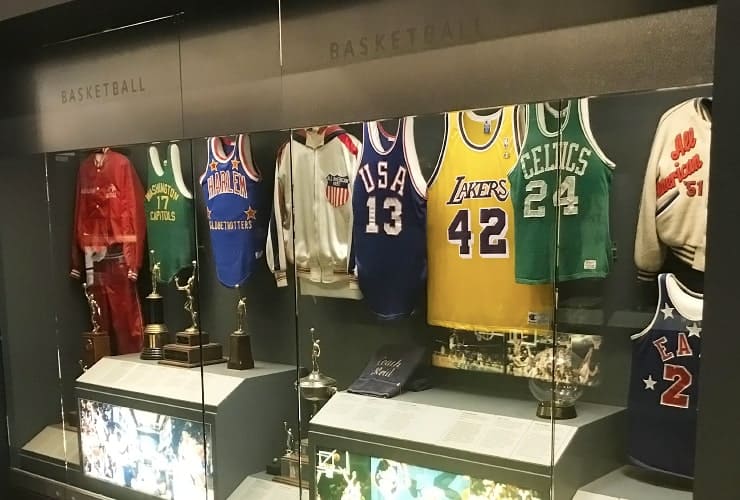
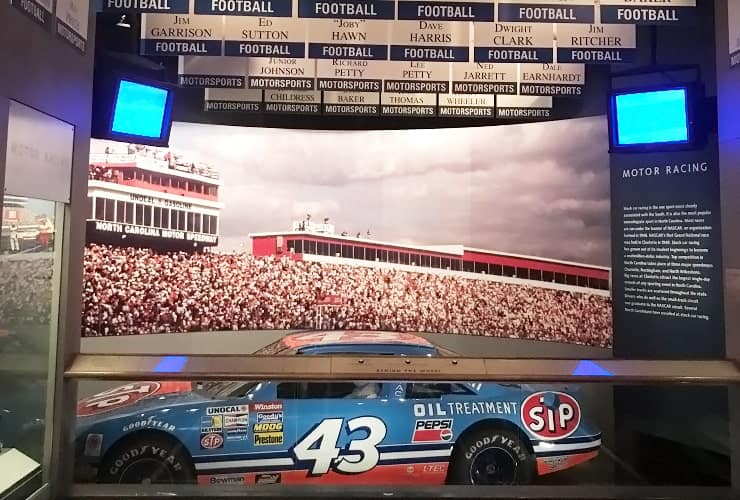
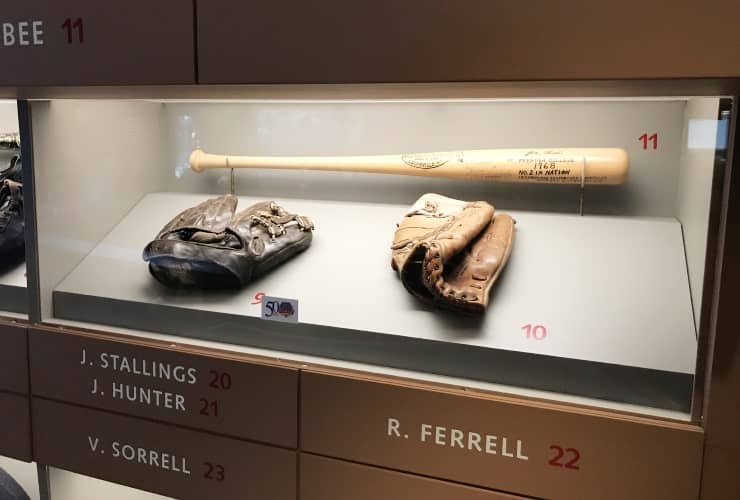
Located in a far corner of the 3rd floor is the North Carolina Sports Hall of Fame. It is relatively small but full of so much local history. You might be amazed at all of the great athletes that have impacted the sports scene in the Tar Heel state. Of course there are the obvious names like Michael Jordan, Lawrence Taylor, Dale Earnhardt and David Thompson (my favorite basketball player) but also tributes to Richard Petty and his famous #43 Pontiac Grand Prix and North Carolina’s Olympic athletes. In all over 350 of the Tar Heel states most decorated sports talents are enshrined with room for more.
If you get the chance to visit Raleigh this city block, which houses both the NC Museum of Natural Sciences as well as the NC Museum of History, is well worth a visit. There are always food vendors and entertainment (especially on the weekends) plus free parking and admission. If you do visit please let us know your thoughts. We’d love to hear from you. Thanks!

